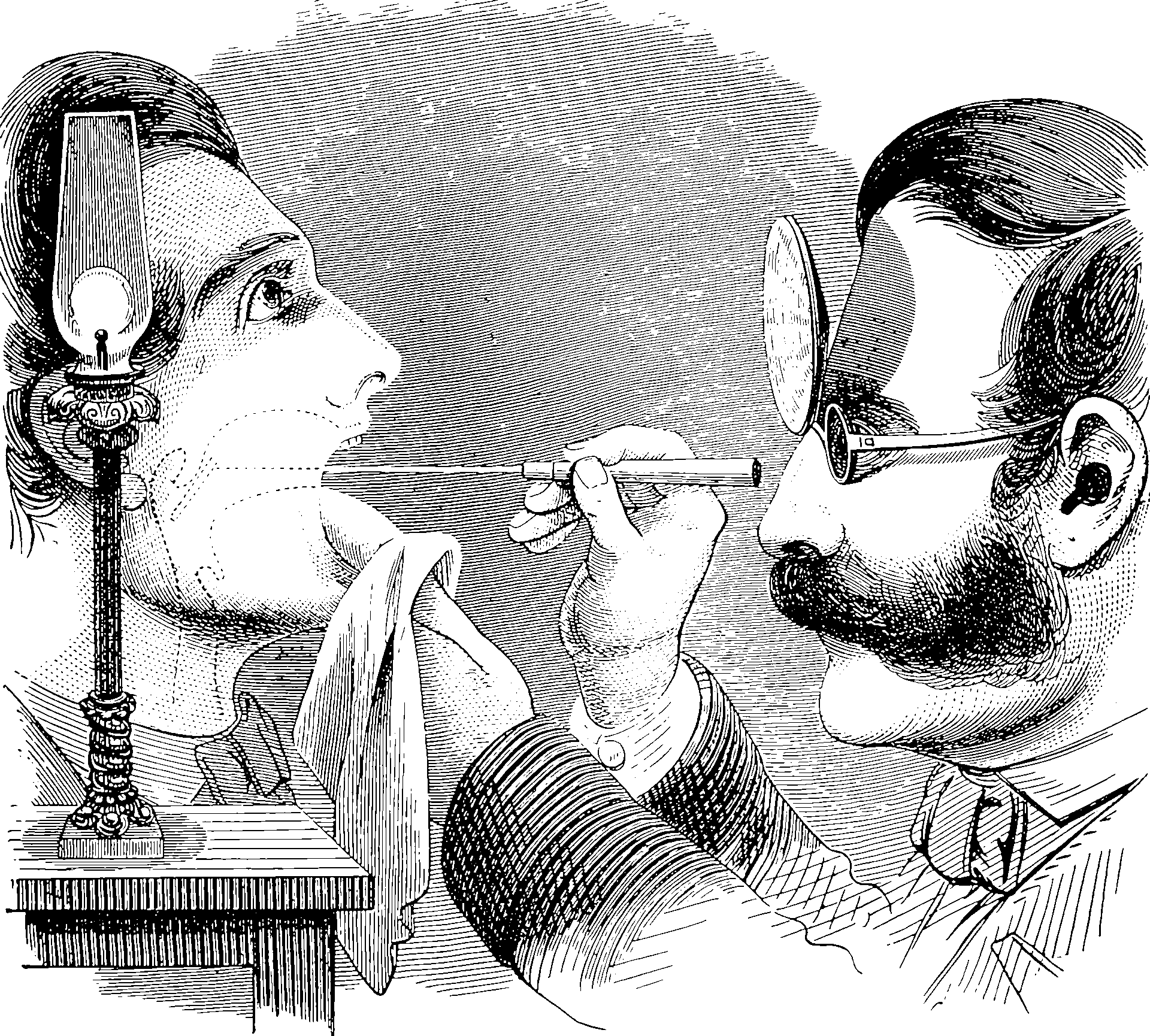Biological basis of language
January 11, 2018 — September 16, 2021
1 Neurology of langauge
Dan Stowell summarises a neural basis for recursive syntax:
For decades, Noam Chomsky and colleagues have famously been developing and advocating a “minimalist” (Bolhuis et al. 2014) idea about the machinery our brain uses to process language. […] They propose that not much machinery is needed, and one of the key components is a “merge” operation that the brain uses in composing and decomposing grammatical structures.
Then yesterday I was reading this introduction to embeddings in artificial neural network and NLP, and I read the following:
“Models like [this] are powerful, but they have an unfortunate limitation: they can only have a fixed number of inputs. We can overcome this by adding an association module, A, which will take two word or phrase representations and merge them.” (Bottou 2011)
2 Analogy with artificial neural networks
TBD
3 Evolution of language
TBD
4 Computational plausibility
See syntax.
5 Meaning
See semantics.
6 Scrapbook
“They’re using phrase-structure grammar, long-distance dependencies. FLN recursion, at least four levels deep and I see no reason why it won’t go deeper with continued contact. […] It doesn’t have a clue what I’m saying.”
“What?”
“It doesn’t even have a clue what it’s saying back,” she added.
Peter Watts, Blindsight
Sam Kriss calls the spamularity the language of god:
What is machine language? Firstly, machine language is vampiric, shamanic, xenophagic, mocking. It’s a changeling. Often it tries to imitate human discourse; the machine wants you to think that it’s human. This is the first level of deception. Often this isn’t enough: machines will use various methods to take over other text-producing systems, so that without your knowledge you end up advertising weight loss pills to all your old school friends. First axiom: all language has the potential to become machine language. To become infected. 10 Award-Winning GIFs That Will Leave You Wanting More. I Could Watch #4 For Days. This is the second level of deception. In the third level of deception, the machine convinces itself that it has a physically extended body, that it has an independent mind, that it really wants to produce the text it generates. This might happen very soon. It might have already happened, somewhere on a dusty plain in western Africa, somewhere that never really existed, tens of thousands of years ago.
